Robots Go Underground
In a dark, wet and rocky research coal mine in western Pennsylvania, teams from around the globe put their robotic systems to the test in the Defense Advanced Research Projects Agency’s, or DARPA’s, latest contest. The agency designed the Subterranean Challenge, also known as the SubT Challenge, to spur the advancement of technologies that work well underground, including autonomous and other robotic systems, which could benefit first responders and the military, explained Timothy Chung, program manager, Tactical Technology Office, DARPA, to the media in attendance at the event.
Over a three-year period, which began in 2018, the agency is hosting competitions, both real and virtual, in three underground domains: tunnel systems, an urban underground and a multicave environment.
DARPA held the first phase of the SubT Challenge between August 15-22, testing the capabilities of robotic systems in a tunnel circuit environment. The results found Carnegie Mellon University and Oregon State University’s Explorer team at the forefront. Explorer, which was one of several DARPA-funded teams competing, sent a combination of aerial drones and rugged four-wheeled ground robots into the mine to locate and identify items, scoring 25 of a possible 40 points. The Collaborative SubTerranean Autonomous Resilient Robots, or CoStar team, with researchers from the Jet Propulsion Lab, California Institute of Technology, Massachusetts Institute of Technology and South Korea's KAIST Center, took second place with 11 points.
Of the self-funded teams competing, the team from the Center for Robotics and Autonomous Systems at the Czech Technical University in Prague, known as CTU-CRAS, was the winner of the $200,000 Tunnel Circuit prize, scoring 10 points.
DARPA officials worked with National Institute for Occupational Safety and Health (NIOSH) to host the contest at NIOSH’s Pittsburgh facility, which included two mine tunnels that run between 4 kilometers to 8 km long—the Safety Research Coal Mine and the Experimental Mine. NIOSH uses the facility to examine the health and safety hazards of mining, including coal and silica dust contaminants, noise-induced hearing loss, and mine disaster prevention.
In addition to a customary mine atmosphere of complex factors including varying degrees of light and darkness, water, particulates, rocky terrain, inclines, stairs, and vertical shafts, DARPA augmented the tunnels to add hazards such as smoke and rubble. The 11 teams that had qualified for the event had a certain amount of time within the tunnels to identify and locate various artifacts—such as a backpack, fire extinguisher, electric pumps, valves, survivor dummy, radio/cell phones, oxygen levels, and electrical boxes.
Contestants soon found that aerial robots faced more hardships than ground-based platforms in the mine tunnels.
“I guess the surprise part [from the competition] might be that the aerial platforms in these environments have really been challenged,” Chung said. “With all of the thinking that drones are fully capable of going everywhere, at any time, in any place, there's still some really cool technology to develop. And I think that's a great calibration point, for not only us, but for technologists and the public at large.”
That is the nature of the contest, the program manager explained. The robotic systems that worked well in the Tunnel Circuit part of the challenge may not work as well in the Urban or Cave Circuits. DARPA is sponsoring the competition to spur tactical communications, mapping and rescue technologies needed in a variety of underground operations, and appropriately set an ambitious course, Chung emphasized.
“DARPA typically is interested in those breakthrough technologies and capabilities that have impacts at 10, maybe even 15 years, things that we never would have imagined,” the program manager said. “I think the fun aspect about the SubT Challenge is that we see immediate paths and connections to technologies that I think will dramatically improve how we conduct operations today, meaning for those firefighters or those emergency responders. I think that the technologies that we're spinning out, even at the Tunnel Circuit, has direct [connections] to the missions that they're doing."
In particular, networked communications, remote 3D mapping capabilities, as well as detection technologies are key to providing actionable situational awareness in subterranean places, Chung said.
“If we can provide a good map to those firefighters going into that response scenario, that's a huge benefit to them,” he noted. “So by basically throwing the lawn dart really far on the path to that ambitious technology, we're developing mapping technologies that are great when you don't have GPS. And by using detection technologies or perception technologies, if you can identify the Rescue Randy [dummy], does that translate well to other survivor rescue scenarios. So improving that in the presence of fog or smoke or moisture, things of that nature, I think that those are the nuggets that we can immediately start to see benefits from in the very near term.”
DARPA will host the Urban Circuit part of the competition in February of 2020, in a yet to be revealed location.
Any interested parties still have an opportunity to join the SubT Challenge, a DARPA official stressed. The qualification deadline is in October for the Urban Circuit.
DARPA will host the Cave Circuit competition in August 2020, which is also open to new contestants, as well as a grand finale event in August 2021, which includes a test of all three subdomains.
In addition to competing in the in-person Urban Circuit or Cave Circuit challenges, teams also may try to qualify for the associated SubT virtual competition, which tests software platforms on a simulated underground courses.
For more information, visit the agency’s SubT Challenge Qualification Guide, Resources Page or website.
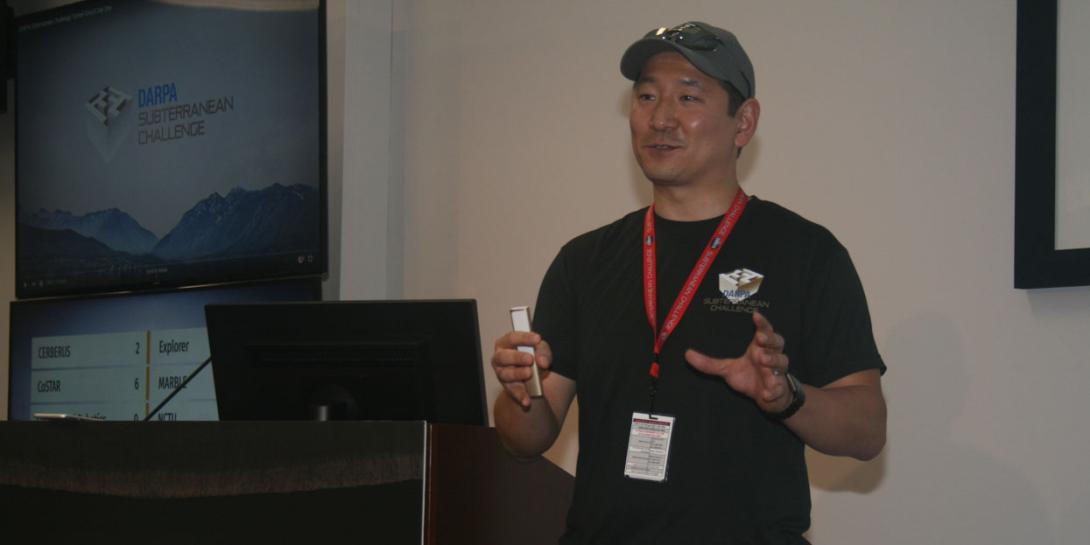
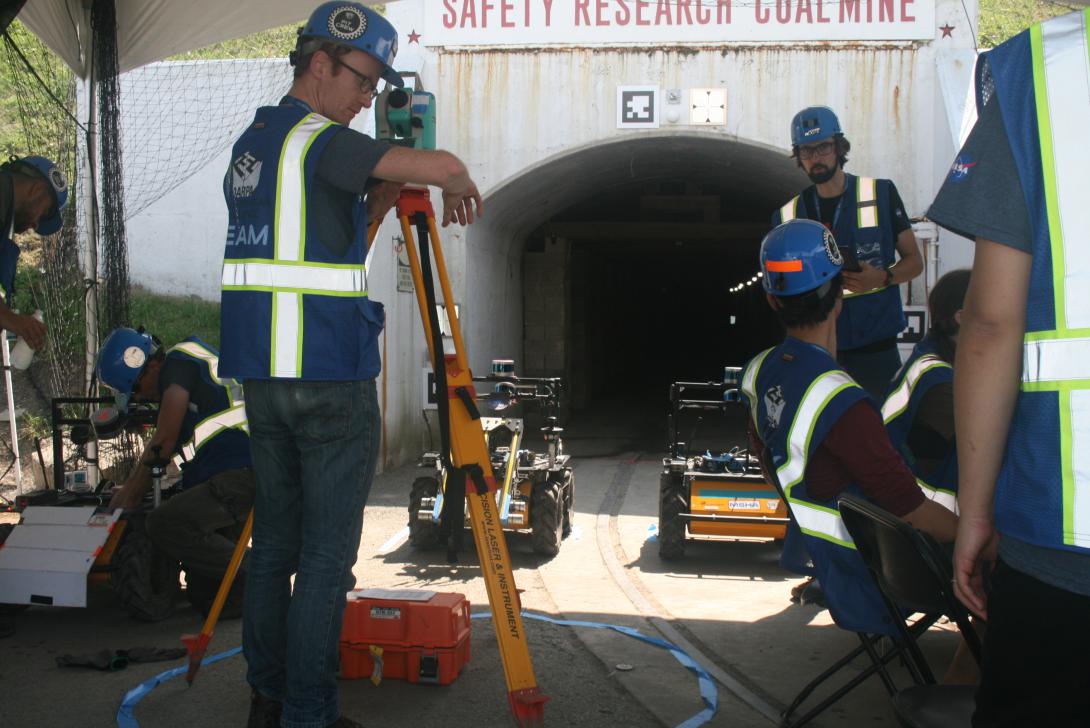
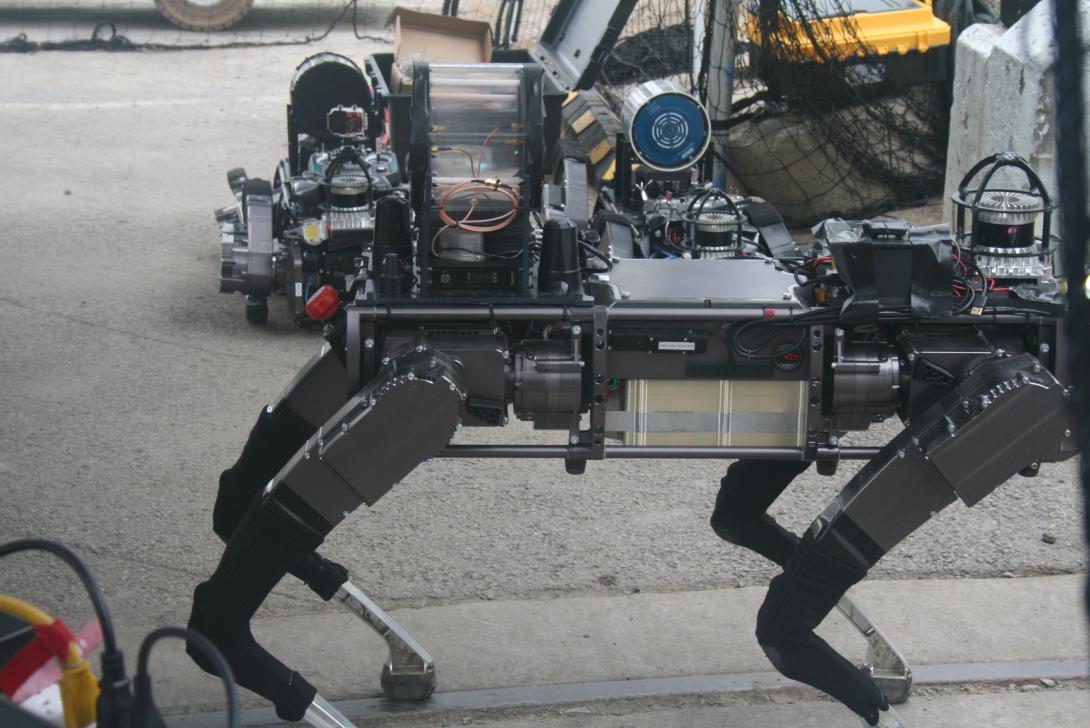

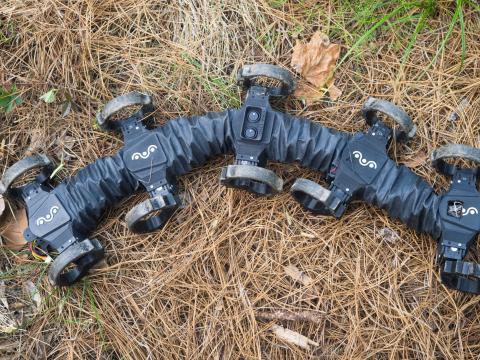

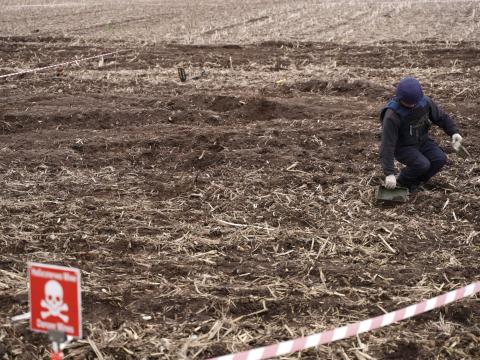
Comments